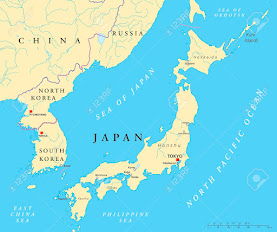India's political journey spans numerous years, a tale of governance, leadership, and the aspirations of a diverse nation. This narrative unfolds through different periods, each leaving its mark on the political landscape.
In the
early years, ancient republics and kingdoms practiced diverse forms of
governance. Leaders, often guided by philosophies such as Arthashastra, sought
to establish just and harmonious societies. These early political structures
laid the foundation for the governance systems that would follow.
As history
unfolded, empires like the Mauryas and Guptas embraced centralized rule.
Concepts of dharma and righteous governance became integral, influencing
leaders to prioritize the welfare of their subjects. These principles echoed
through the ages, shaping India's political ethos.
The
medieval period saw the rise of diverse dynasties, each contributing to India's
political mosaic. Sultanates and empires coexisted, showcasing administrative
ingenuity and cultural patronage. This era laid the groundwork for the
syncretic nature of Indian politics, where diverse communities coexisted.
The British
colonial era introduced a different chapter in India's political narrative. The
struggle for independence, led by stalwarts like Mahatma Gandhi, sought
self-rule and political autonomy. The political awakening of the masses
resulted in the establishment of a democratic framework.
Post-independence,
India experienced shifts in political landscapes. Different political parties,
each with its ideologies, vied for power. Coalitions became common, reflecting
the diverse political spectrum and the need for collaboration.
In recent years, political dynamics have been shaped by issues such as social justice, economic development, and environmental sustainability. Grassroots movements and youth activism have contributed to a more participatory political environment. Challenges persist, including issues of corruption and regional disparities. However, India's political journey reflects resilience, adaptability, and a commitment to democratic ideals. The ongoing story of India's political evolution mirrors the nation's ability to navigate the winds of change and strive for a more inclusive and progressive future.




.jpg)






0 Comentarios